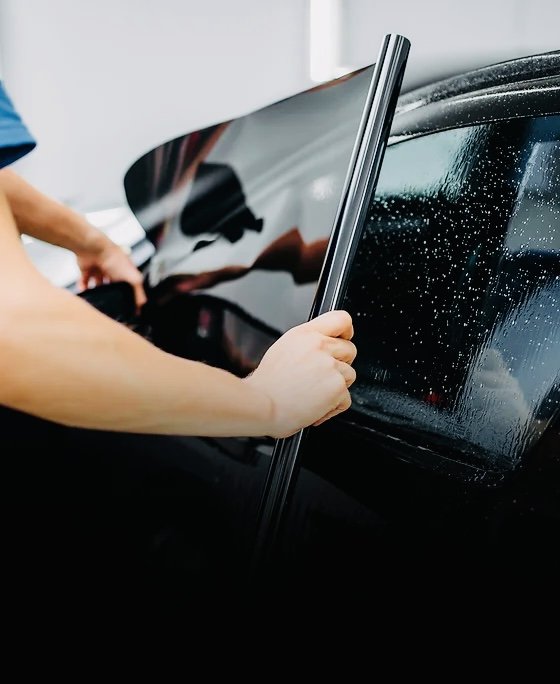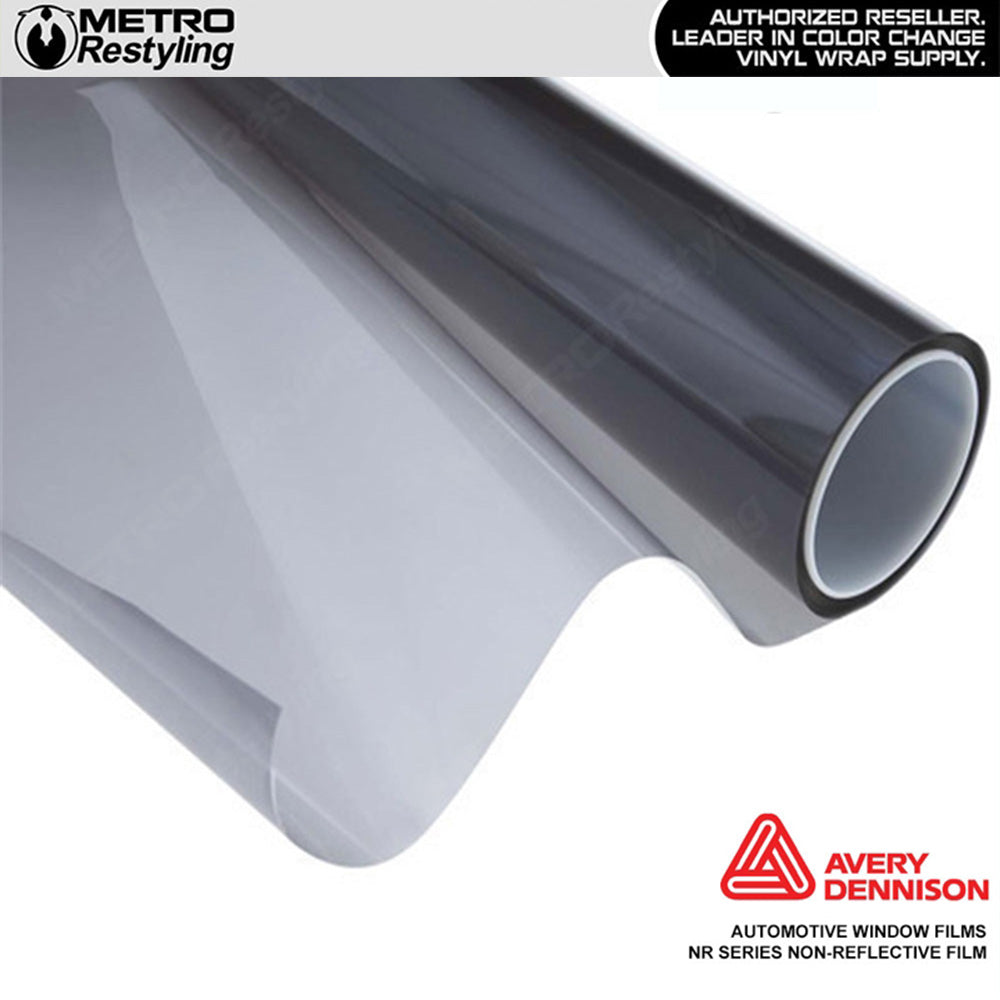Whatever You Required to Know About Car Window Tinting for Your Car
Vehicle window tinting is a useful enhancement for lots of automobile owners. It supplies benefits such as increased convenience and energy efficiency. Numerous tint films accommodate different demands and choices. However, comprehending legal guidelines and picking the best color percent is essential. The setup procedure and correct upkeep additionally play substantial functions in making sure the long life of the color. What other variables should one think about before deciding on window tinting?
Benefits of Automobile Window Tinting
Although some vehicle proprietors may neglect it, car window tinting deals many advantages that enhance both the driving experience and the automobile's longevity. One of the primary benefits is the reduction of warmth buildup inside the vehicle, permitting for an extra comfy experience, especially throughout hot weather condition. This can lead to decreased reliance on cooling, boosting gas efficiency.Additionally, window tinting provides security versus harmful UV rays, which can cause skin damage and discolor interior products gradually. By blocking these rays, the tint helps maintain the automobile's inside and maintain its resale value.Moreover, colored windows can boost personal privacy and protection, as they make it more difficult for outsiders to see inside the car. This included layer of protection can deter possible theft. On the whole, vehicle home window tinting functions as a functional financial investment that adds to both convenience and the car's overall health.
Kinds of Window Color Films
When considering automobile window tinting, automobile proprietors come across a selection of window tint films, each developed to satisfy certain demands and preferences. The first category is dyed home window movie, which supplies a fundamental degree of personal privacy and UV defense while being economical. Next, metalized movies incorporate small metallic fragments, reflecting warmth and enhancing resilience, although they may conflict with electronic signals.Ceramic movies are another alternative, understood for their superior heat denial and clarity, offering high performance without signal interference. Hybrid movies incorporate qualities of colored and metalized films, striking a balance between price and functionality. Each sort of window tint film presents one-of-a-kind advantages, enabling car proprietors to choose based upon their specific needs, such as warmth appearance, budget, and control factors to consider. Comprehending these options is vital for making a notified choice concerning car window tinting.
Understanding Legal Rules
When taking into consideration car window tinting, it is critical to understand the legal laws that control color darkness restrictions and windshield color requirements. These policies can vary substantially from state to state, affecting what is permissible for vehicle owners. Familiarizing oneself with these regulations assurances conformity and aids prevent potential fines or penalties.
Tint Darkness Limits
Exactly how can automobile proprietors assure they continue to be compliant with regional laws pertaining to window tinting? Understanding tint darkness limitations is important. Each state has certain guidelines that determine the permissible levels of darkness for window tints, which are measured by Visible Light Transmission (VLT) percents. Usually, front-side windows should permit a greater portion of light compared to back home windows. Some states may allow just 30% VLT for front windows, while the rear home windows could be allowed to have notably darker colors. To ensure compliance, automobile proprietors should speak with state standards or regional regulation enforcement for exact details. Furthermore, accredited tinting specialists can offer insights about legal restrictions, ensuring that lorry proprietors make informed decisions.
Windscreen Tint Rules

State-Specific Regulations
Guiding via the landscape of state-specific laws pertaining to car home window tinting needs cautious attention to information, as laws can differ considerably from one state to an additional. Each state has its own collection of regulations governing permitted color percentages, kinds of materials, and positioning on vehicle windows. For example, some states allow darker tints on back windows while prohibiting them on front home windows, while others have more stringent total limits. In addition, particular states mandate the usage of particular materials or call for certification from installers. Failure to follow these policies can result in penalties or the requirement to remove non-compliant tint. Lorry proprietors ought to consult their state's Division of Electric motor Vehicles or pertinent authority to guarantee adherence to neighborhood legislations.
Picking the Right Color Percentage
When selecting the best color percent for an automobile's windows, one must consider various factors that impact both appearances and performance. Tint portions typically range from 5% to 70%, with lower percentages offering darker shades and higher percentages permitting much more light in. A darker tint can enhance personal privacy and minimize glare, while a lighter tint can preserve presence and follow lawful restrictions.Furthermore, personal choice plays a considerable duty in this choice. Some individuals might like the smooth look of darker tints, while others could prefer an extra open, ventilated feel. Additionally, the vehicle's objective ought to be thought about; for example, those using their click this site cars for commercial functions might go with lighter colors to maintain a specialist look.Ultimately, the right tint percent equilibriums individual style, comfort, and adherence to neighborhood guidelines, ensuring a gratifying tinting experience.
The Installation Refine
An effective installment of home window color needs mindful focus to detail and the right devices. The procedure usually begins with extensive cleansing of the windows to remove dust, particles, and dirt, assuring correct attachment of the movie. As soon as the surfaces are prepared, the installer measures and cuts the tint movie to fit each home window accurately.Next, the film is placed on the glass, frequently using a solution to facilitate easy change and protect against air bubbles. Warmth is occasionally put on the film to adapt it to the window's curves, boosting its appearance and longevity. After validating a smooth fit, the installer diligently cuts any type of excess film along the edges.Finally, the installer look for blemishes and confirms all sides are safe and secure. This careful technique is crucial not only for appearances but additionally for achieving the preferred efficiency advantages of window tinting, such as UV defense and warm reduction.
Maintenance and Treatment for Tinted Windows
Proper upkeep and treatment are important for protecting the honesty of colored windows. Effective cleansing methods, the avoidance of harmful chemicals, and routine assessments for damages play essential roles in ensuring durability. By complying with these guidelines, automobile owners can maintain the visual and functional benefits of their home window color.
Cleaning Methods for Tint
Keeping the clearness and longevity of colored windows calls for particular cleaning strategies tailored to the movie's delicate surface. It is necessary to utilize a soft microfiber cloth to stay clear of scraping the tint while cleaning. A mild remedy of water and a few decreases of light recipe soap can efficiently get rid of dust and grime. content It is suggested to apply the cleansing remedy to the towel, rather than straight onto the colored surface area, to stop dampness from seeping into the edges of the film. Mild, circular activities should be used to cleanse the home windows extensively. Regular cleansing assists preserve exposure and stops build-up, making certain that the tint stays in prime problem in time. Adhering to these techniques will extend the life of tinted home windows.
Staying Clear Of Unsafe Chemicals
Although several house cleaning items are efficient on various surface areas, they can present significant risks to colored windows. Chemicals such as ammonia, bleach, and particular solvents can degrade the color film, resulting in staining and peeling. People should choose for pH-balanced cleansers specifically developed for tinted windows. Additionally, using soft microfiber fabrics will assist prevent scratches and maintain the tint's honesty. Regular upkeep is crucial; as a result, staying clear of severe scrubbing up or rough products is vital. It is a good idea to check out product labels carefully to confirm compatibility with home window tints. By choosing the appropriate cleaning remedies and devices, lorry proprietors can preserve the look and performance of their colored windows, guaranteeing a longer lifespan and peak performance.
Checking for Damage
Normal evaluations of tinted home windows are essential for recognizing Home Page any indications of damages that might endanger their efficiency and look. Proprietors need to try to find bubbling, peeling off, or staining, as these concerns can suggest poor installation or direct exposure to harmful components. It is suggested to inspect the edges of the film where peeling off might inspect and start for any scratches that could impact presence. Furthermore, ultraviolet (UV) rays can trigger the color to weaken over time, so checking its efficiency in blocking UV light is critical. If any kind of damages is identified, prompt activity must be taken, which might consist of expert repair work or replacement. Preserving colored windows not only enhances visual appeals however additionally guarantees continued security for both passengers and the lorry interior.
Common Misconceptions Regarding Window Tinting
What mistaken beliefs border home window tinting for lorries? Several people believe that all window tints are unlawful, but guidelines vary by state, permitting certain levels of tinting. An additional common myth is that darker colors block even more warm; however, the effectiveness of window films depends on their technology instead than darkness. Some people also assume that window tinting is exclusively for aesthetics, forgeting its benefits, such as UV protection and glare reduction. In addition, several assume that home window tinting will certainly damage their lorry's glass, yet skillfully applied tints can actually enhance glass durability. Lastly, there is an idea that home window tints obstruct exposure, yet high-quality films are made to maintain clear sightlines while providing privacy. Comprehending these myths assists consumers make educated choices relating to home window tinting, ensuring they appreciate the full variety of benefits it supplies.
Often Asked Concerns
How Much Time Does Home Window Tinting Commonly Last?
The durability of home window tinting varies based on variables such as setup quality, film kind, and environmental conditions. Commonly, high-grade tint can last anywhere from five to ten years prior to needing replacement or reapplication.
Can I Remove Window Color Myself?
Eliminating home window tint oneself is possible, though it might be challenging. People must use a heat resource and adhesive remover to relieve the process, but caution is recommended to prevent damaging the automobile's glass or inside.
What Equipment Are Needed for DIY Home Window Tinting?

Will Home Window Tinting Damages My Automobile's Glass?
Home window tinting, when used properly, typically does not damage an automobile's glass. Improper installation or low-grade movies might lead to peeling, bubbling, or damaging, possibly compromising the stability of the glass over time.
Can Tinted Windows Impact My Lorry's Resale Value?
The influence of colored home windows on an automobile's resale worth can differ. While some purchasers value the added personal privacy and UV defense, others might view it as a prospective issue, possibly affecting resale favorably or adversely. When taking into consideration vehicle window tinting, car proprietors run into a selection of home window tint films, each created to satisfy certain demands and choices. When considering auto home window tinting, it is crucial to understand the legal regulations that govern color darkness limits and windscreen tint requirements. Generally, front-side windows must permit a higher percent of light contrasted to rear windows. Some states might enable just 30% VLT for front windows, while the back home windows might be permitted to have notably darker tints. Some states permit darker colors on back windows while banning them on front windows, while others have more stringent overall restrictions.